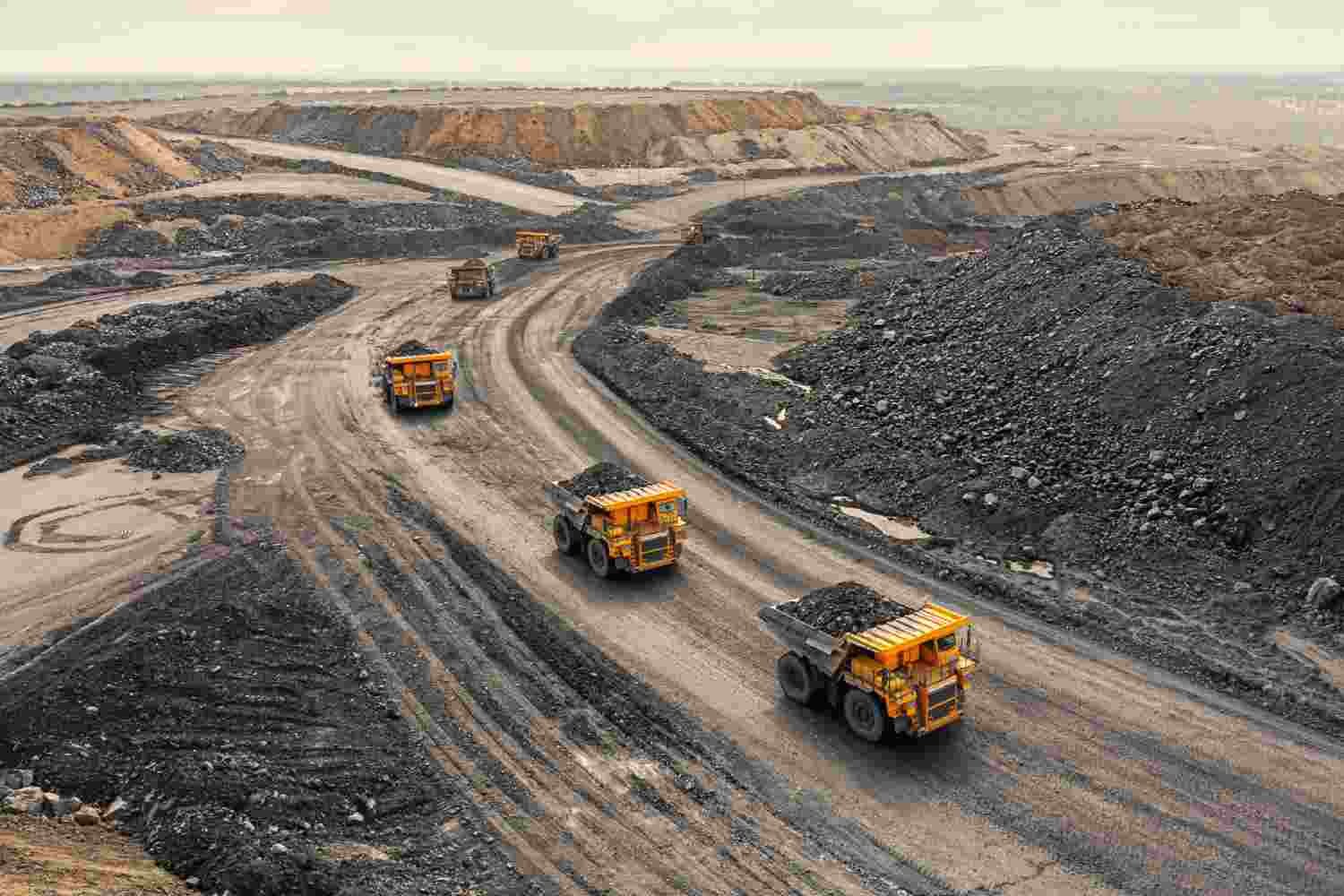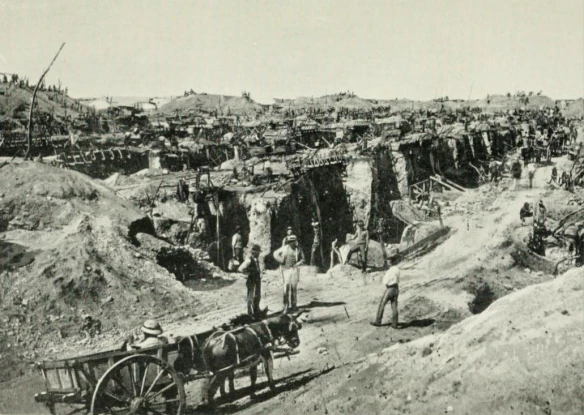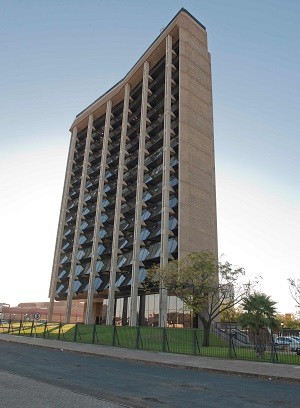Diamond Mining in South Africa

South Africa is one of the most historically significant countries in the global diamond industry. While the country is now more known for its gold and platinum, diamond mining played a pivotal role in shaping its economy, politics, and society. At the heart of this legacy is Kimberley , a city that became synonymous with diamonds after the discovery of the famous Cullinan Diamond in 1905.
The Birth of Diamond Mining in Kimberley
The discovery of diamonds in the Orange River area in the late 1860s led to a diamond rush that transformed the small town of Karoo into Kimberley . By the 1870s, the city had become the center of diamond mining in South Africa, attracting prospectors from around the world.
The De Beers Consolidated Mines Limited , founded by Cecil Rhodes, took control of many of the diamond fields in the region, laying the foundation for the modern diamond industry.

The Cullinan Diamond and the Big Hole
One of the most famous events in Kimberley’s diamond mining history was the discovery of the Cullinan Diamond in 1905. Weighing an astonishing 3,106 carats , it was the largest diamond ever found at the time. It was later cut into several smaller stones, including the Cullinan I (the Great Star of Africa), now part of the British Crown Jewels.
Another iconic feature of Kimberley is the Big Hole , also known as the Premier Mine . This massive open-pit mine, once the largest hand-dug excavation in the world, is a symbol of the scale and intensity of diamond mining in the region.

Current State of Diamond Mining in South Africa
While large-scale diamond mining in South Africa has declined over the years, the country remains a key player in the global diamond market. Today, diamond mining in South Africa is more focused on:
- Platinum Group Metals (PGMs) , which are often found alongside diamonds
- Artisanal and Small-Scale Mining (ASM) in regions like Limpopo
- Recycling and Processing of Diamonds through companies like Anglo American Platinum
However, Kimberley still holds a special place in the diamond world, both for its historical significance and its ongoing connection to the industry.

Economic and Social Impact
Diamond mining in Kimberley not only shaped the city’s development but also influenced national policies, labor movements, and even the political landscape of South Africa. The industry provided employment for thousands, though it also brought challenges such as labor exploitation and environmental degradation.
Today, efforts are being made to ensure that diamond mining is conducted responsibly, with a focus on sustainability, community development, and ethical sourcing.
FAQs
Q: Is diamond mining still active in Kimberley?
A: While large-scale diamond mining has declined, Kimberley remains historically significant, and some diamond-related activities continue in the region.
Q: What is the Big Hole in Kimberley?
A: The Big Hole is an open-pit diamond mine that was once the largest hand-dug excavation in the world, located in Kimberley, South Africa.
Q: Why is Kimberley known as the diamond capital of South Africa?
A: Kimberley became the center of diamond mining in the late 19th century after the discovery of diamonds in the region, leading to the establishment of the De Beers company and the rise of the global diamond trade.

